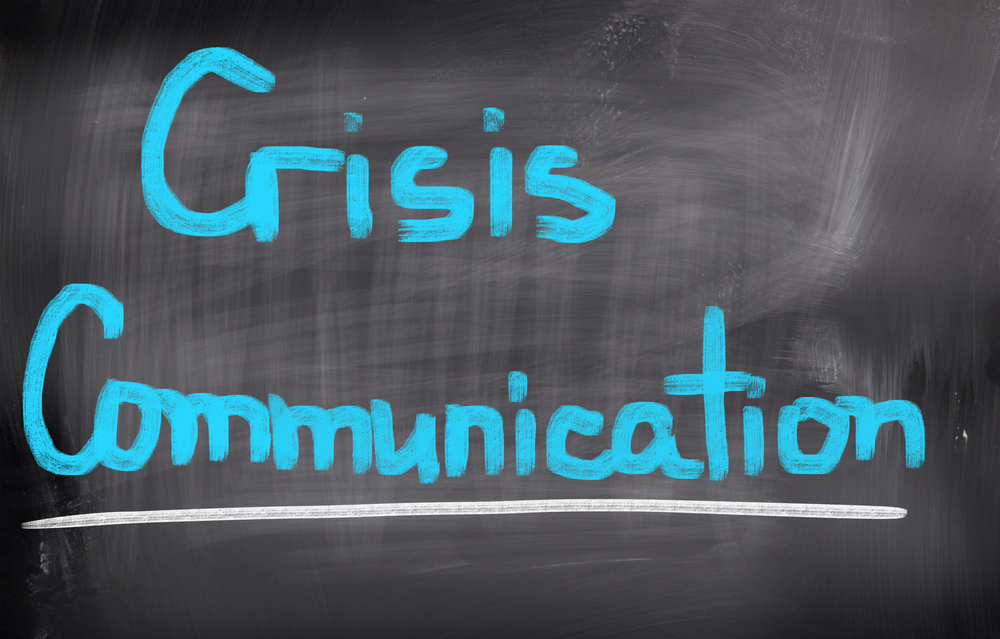Targeting Similar Messages to Different Audiences in a Crisis

In crisis communications, a lot of heavy lifting goes into assuring that the messages an organization issues are consistent. This is especially important when crafting similar messages for different audiences. And yet each constituency — customers, employees, vendors, regulators — will require slight differences in content and tone for the message to be received properly. Here are some tips on doing that.
Certain crises or litigation matters (bankruptcy, for example) could entail a dozen or more groups. What works for a customer may be somewhat different from what works for an investor, and what works for a regulator may differ from what works for a political leader. Thus all messages must be tailored to have the proper resonance.
It’s best to start with one central communications document, usually the press release or set of core messages, and then base the other documents on that. Other documents might include talking points, employee emails, vendor message, community message, tweets, or Facebook posts.
In fact, the StatementReady templates on our CrisisResponsePro product typically convert core messages to talking points, an employee letter, and a draft initial tweet as needed, to serve as a coordinated starting point for the crisis communications team.
Talking points boil the messaging down to the essentials — typically no more than five bullet points. This document is not meant to be distributed, but only referred to by the spokesperson when preparing for an interview.
An employee email or letter is, obviously, addressed to employees and will have a more intimate tone than the press release, using “we” and “our,” for example. It should also include an admonition to not speak to media, and include a proper contact to whom media and other public calls can be forwarded. (Also keep in mind that these internal emails seem to be increasingly leaked to the press.)
For example, our template for a facility flood includes information on the flood’s cause, timing, extent of damage, and effect on operations, in addition to alternative locations to use and an expression of sympathy. The talking points are boiled down to four bullets. The employee email adds the press-contact admonition. The tweet basically has the fact of the flooding with a link to the fuller statement.
Employees, Vendors
Obviously, employees, vendors, and customers will want to know how the situation will affect each of them.
This issue came up recently in Australia. A company called Skydive the Beach Group Limited, operating as Skydive Australia, underwent a crisis in October when three skydivers died in a mid-air accident. The statement by the company laid out the details as it knew them, expressed sympathy, and mentioned that it was offering counseling. It also said operations had ceased at the accident site and an investigation was ongoing.
But, as Australian crisis-communications advisor Dr. Neryl East pointed out in an analysis, the publicly traded company seemed overly eager to reassure its investors that operations would soon be back to normal.
The statement included these sentences: “It is anticipated that operations will reopen shortly” and “We look forward to recommencing operations shortly so that the Mission Beach team and the Mission Beach community can move forward together and continue adventure tourism in this beautiful ‘paradise’ of a location.”
Those sentiments should have been reserved for a separate statement to shareholders. As it was, the company’s communication surely alienated members of the general public. Why was this company so concerned with getting back to business when three people had just died using its service?
Clearly, when communicating about a crisis, it’s important to keep the different stances of your constituencies in mind and to adjust various statements for various audiences.
Image Credit: Krasimira Nevenova/Shutterstock
This is an abridged version of an article that appeared today on the CrisisResponsePro paid subscription portal. (CrisisResponsePro subscribers can access the full version by clicking here. ID and password are required.) To take advantage of all of the content, data, and collaborative resources CrisisResponsePro has to offer, contact us at info@crisisresponsepro.com.




 Back to Blog
Back to Blog